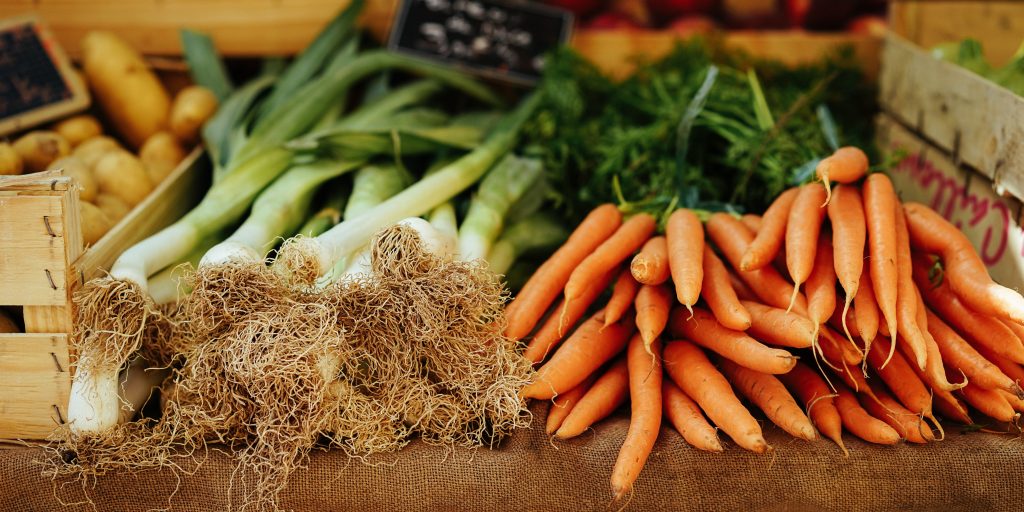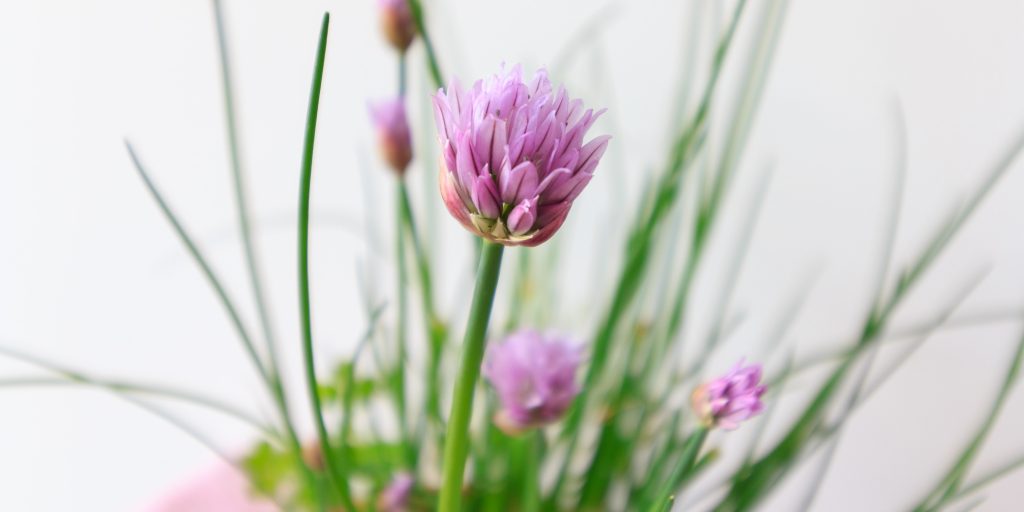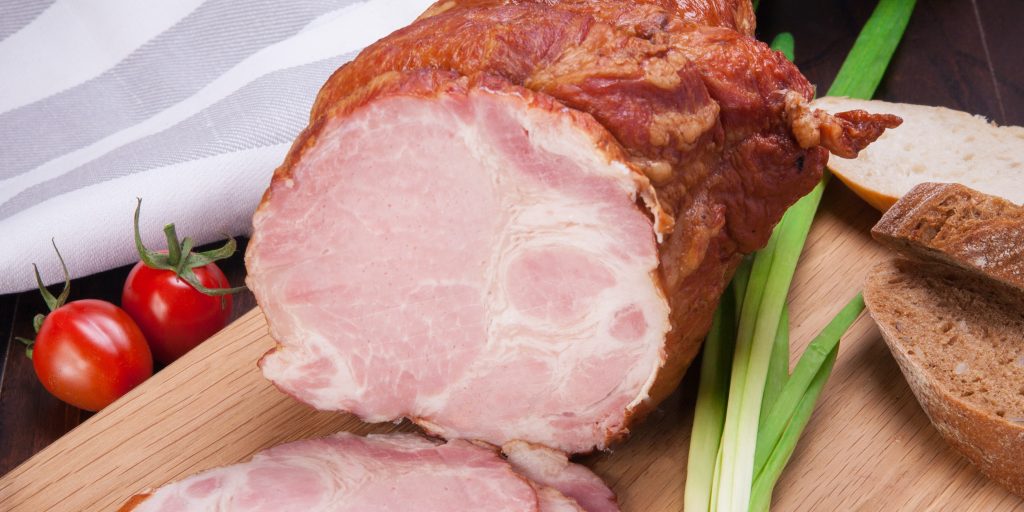
Onions are one of those vegetables that are in everything, yet we don’t often think about them unless we run out of them.
Local onions are easy to find at the farmers markets, and you may be able to find some more exotic options to try out. Finding ways to best store and use these onions is important so you can best enjoy them.
What do Local Onions Taste Like?
Onions are added to most cooked savory dishes. With their strong flavor and the fact that they store well, it’s easy to see why we add them to everything. Onions can be sweet or spicy, depending on variety and cooking method.
Raw onions are great in certain foods as well. Some are stronger than others, and there are definitely certain types of onions that are best for adding to your raw dishes.
Onions offer extra flavor to lots of foods! For maximum flavor, you should learn which variety is best for what cooking method, and how to best prepare them.
Onions can be used raw, pickled, caramelized, or simply sauteed or added to soups. Different onion types have more bite than others when raw. Even cutting them differently can affect their punch.
Cutting onions can be challenging for some. For me, I’ve learned that keeping my mouth shut while cutting an onion prevents the fumes from making me cry. Some chill the onions before cutting.
You can find all kinds of tricks online about how to cut onions without tears. If cutting onions is hard for you, try some new techniques.
Growing and Buying Local Onions
Onions are available year round because they store so well through winter. They can grow in the spring or the fall. You will likely see them at winters farmers markets, but are also easy to buy in bulk and store yourself.
Most gardeners and farmers grow onions from sets, not seeds. Onions are biennials, setting seeds the second year. Onion sets come from immature onions that were grown the summer before. Tiny onions are planted, and they grow into big onions.
When planting from sets, you buy the tiny onions and plant them with the pointy side up. In 3.5 months, you should have full sized onions.
Onions are categorized by how much sunlight they need. The amount of daylight is important. Since Baltimore is above the 36 latitude, long day onion varieties are best for our area.
Though growing onions from sets is easiest, you are limited in the varieties you can buy. Growing from seed allows you to try lots of different varieties.
When buying local onions at the farmers market, you’ll find fall and winter onions, and spring and summer onions. These all come from the same plant, but are grown at different times.
Fall and winter onions stay in the ground longer and usually have tougher skins and are larger. These local onions are better for storing, are more pungent, and are best cooked.
Spring and summer onions, which are available March through August, are harvested sooner. They are usually sweeter and milder, and great for raw eating.
Types of Local Onions
The three onions you’ll see most often are yellow, red, and white onions. You may also see sweet onions. There could also be pearl onions (which are tiny ones), or Italian onions, which are flatter.
Yellow onions are considered the all purpose onion, great for everything. They sweeten when they cook, and are great in cooked dishes.
White onions are often more tender, and have thinner skins. One source says white onions often have sharper, more pungent flavors. They also sweeten while cooking. Yet another source claims white onions are milder in flavor, and best raw. You’ll have to try it for yourself.
A red onion is purple or red in color. They are similar to yellow onions but are less tender. They are sweeter than other onions, as their sugar content is much higher.
Bon Appetit says that white onions are great raw, red onions are best grilled or pickled, and yellow onions should be caramelized or roasted. Yet for sauteeing, any of the onions can work well.
The sweet onions are similar to white onions, but are much sweeter and have less sulfur (which gives onions their sharpness). They are great raw, sliced thin, then used in salads or sandwiches.
Pearl onions are immature onions, and can be used as regular onions. Italian onions, flatter and squatter than their cousins, are not as strong as regular onions.
Storing your Local Onions
Onions are great to have on hand, and they last forever. Though you can freeze them or pickle them, onions are easiest to store as is.
Onions store best at 32-50F and 50-70% relative humidity. That means keep them cool, and keep them fairly dry. If you can’t meet the conditions, they’ll still keep, but not as long. Stick with fall and winter onions, and eat the sweet ones because they won’t last.
When properly cured, with thick dry skins, sharp tasting onions can last 10-12 months. Keep them cool and in a dark place.
You can freeze onions, too. Frozen chopped onions can be a quick addition to a meal, and should be cooked because they will be soft when they thaw.
Freeze your onions by chopping them and placing in a freezer bag. Remove as much air as possible, then freeze. You can try freezing them flat so they store better that way with other bags.
You can also try pressure canning or drying your onions.
Local Onion Recipes
Onions are the basis of nearly every dish out there. Most meals start with a chopped onion. Even people who don’t like vegetables or cook with them often will use onions regularly.
There are fun recipes out there that highlight the onion. Usually we use onions as an afterthought. Here are a few options to try out to enjoy your local onions!
Lentils and rice with caramelized onions, also called Mujadara, is a dish I make often. I use the Allrecipes one, but I’m thinking a more complex version by Cookie and Kate is probably better.
These Rosemary Balsamic Onions look like a fancier version of Quick Pickled Onions, and both look delicious.
This Onion Frittata is a cheesy, eggy concoction that features lots of onions and looks amazing.
While not an actual recipe, learning to caramelize onions properly can elevate your cooking! They take an hour to make, but freeze well so you can have them on hand to impress your family and friends later.
Local Onion Trivia
Onions have been eaten by humans for more than 7000 years. They have found traces of onions from 5000 BC, in Bronze Age settlements.
For all the popularity of onions, there are less than 1000 onion farmers in the United States. Yet there are 125,000 acres of onions planted each year in the US. Support your local farmer!





